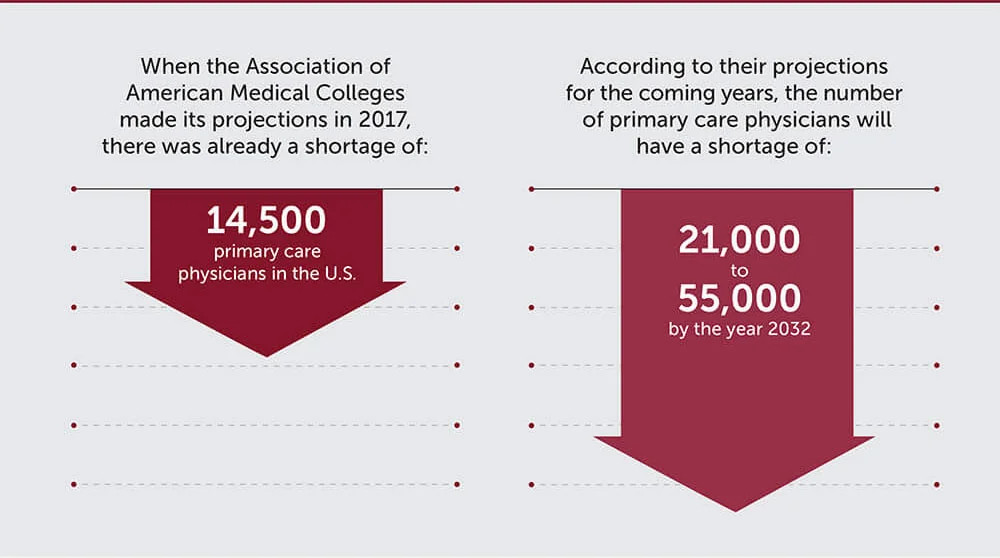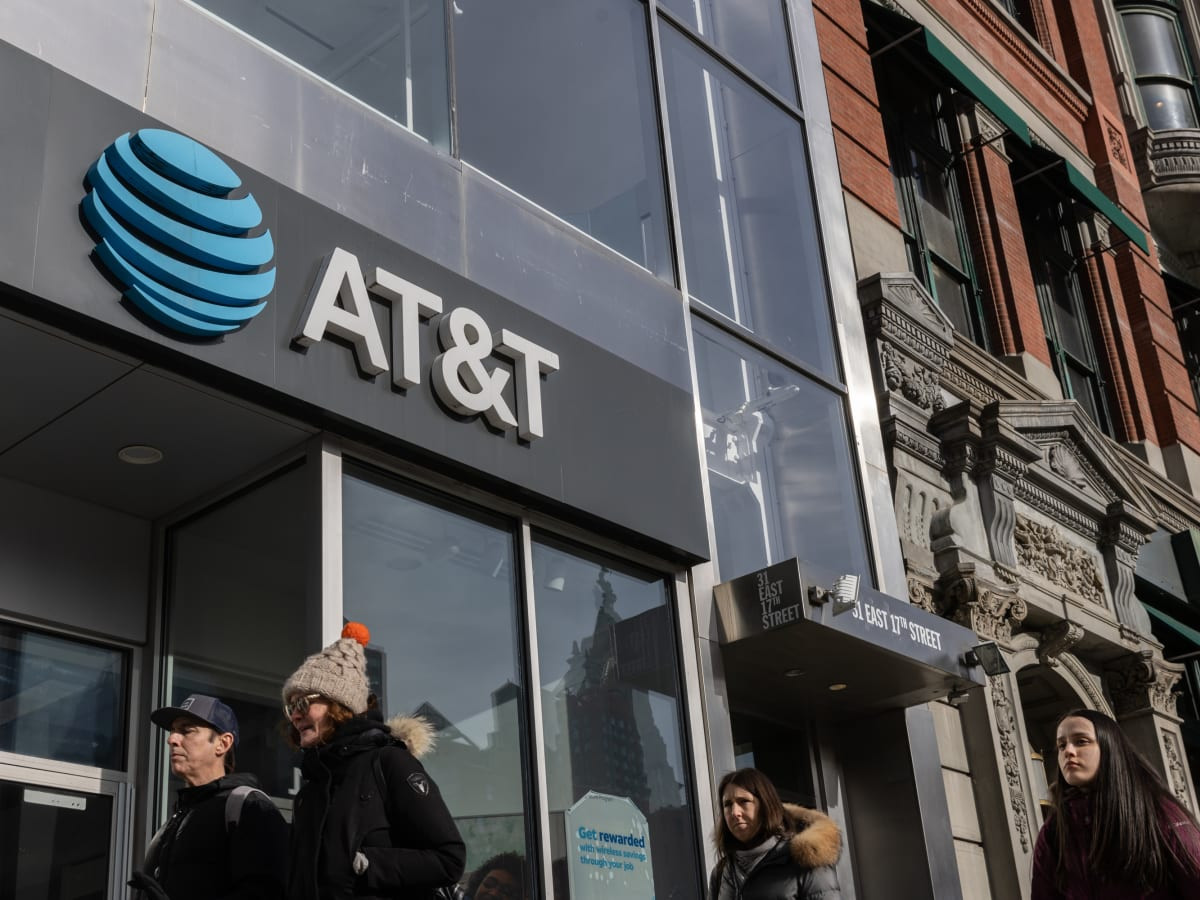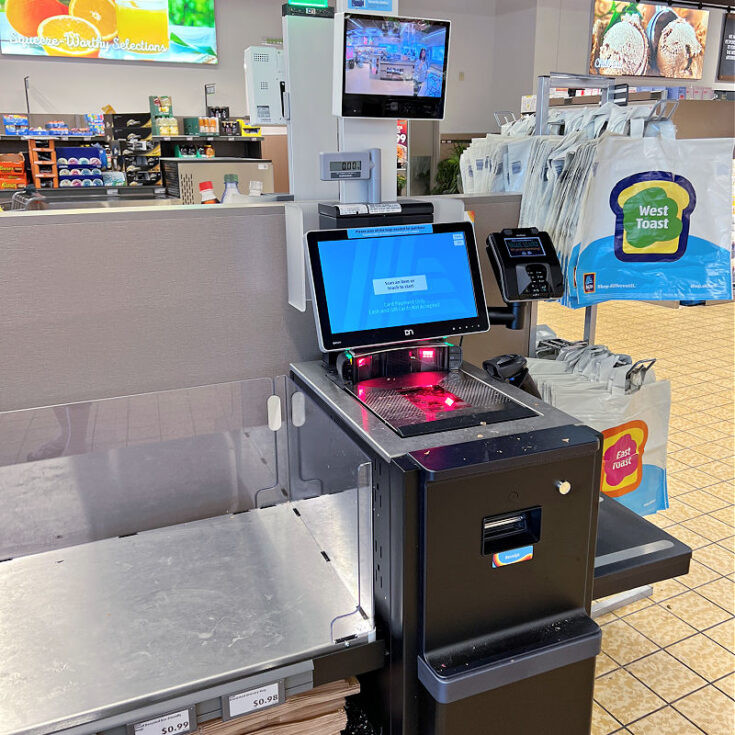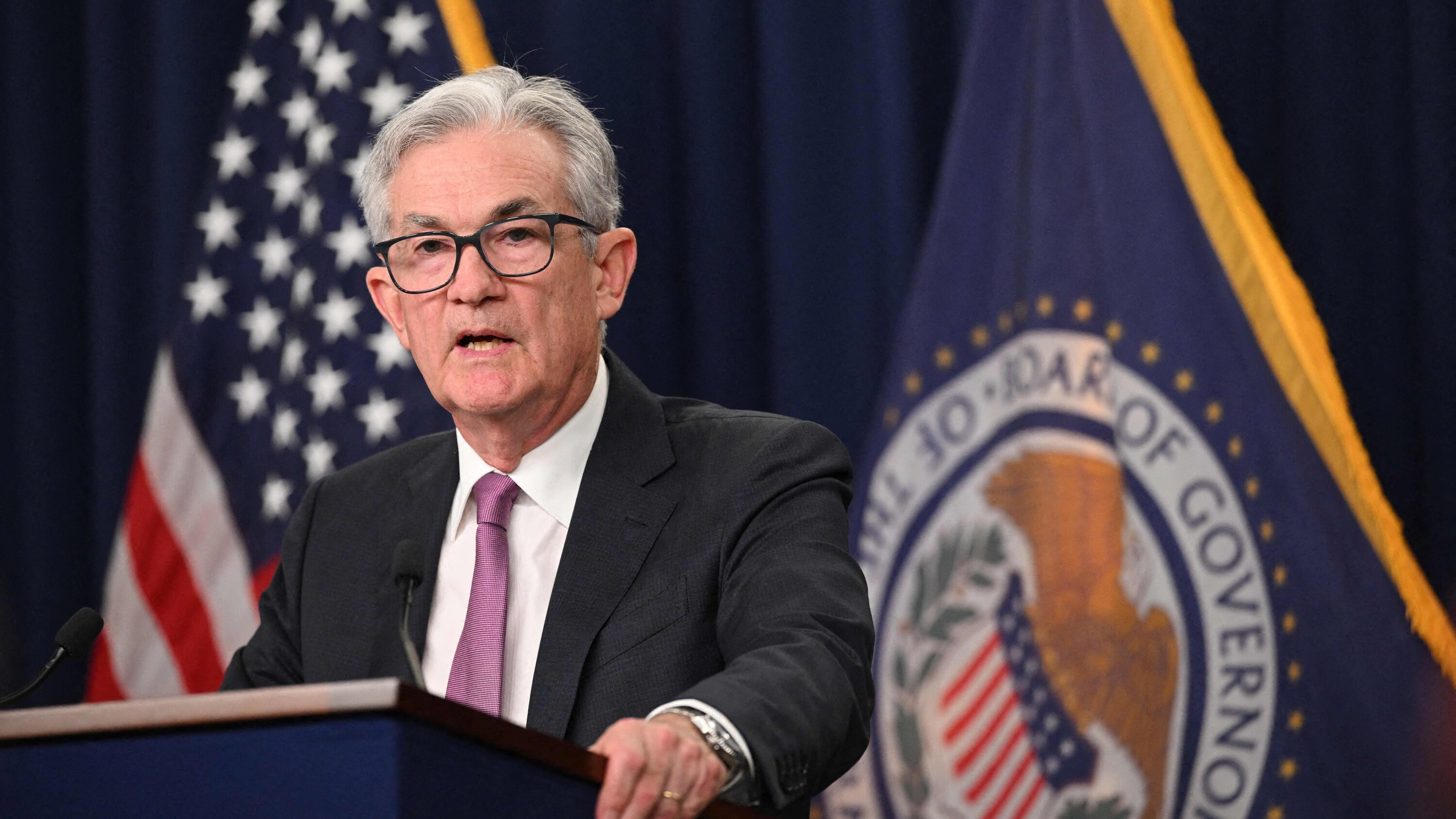The US labor market is facing a perfect storm of an exodus of ‘Baby Boomers’, falling birth rates and historically low labor force participation. The latest research from labor market data specialist Lightcast predicts this will result in a deficit of six million workers by 2032, with the healthcare, hospitality, and service industries expected to be most impacted. This deficit is being driven by four key drivers, according to Lightcast.
The Silver Tsunami
The first, labeled the ‘Silver Tsunami’, relates to older workers (often within the Baby Boomer generation) leaving the US workforce, taking a wealth of experience, leadership and skills with them. The research found that of the five million workers to leave the workforce since 2021, 80% were over the age of 55 – meaning the average retirement age has fallen to 61. In 2027 the number of Americans who turn 65 — historically a typical retirement age — will exceed the number that turn 16 for the first time, meaning there may not be enough potential new entrants into the workforce to replace retirees.
Declining Domestic-Born Labor Force
On the other end of the age scale, the US is also experiencing a declining domestic-born labor force. Lighcast noted that the only growth in the US labor force since 2019 can be attributed to immigration.
Mismatch Between Workers and Available Jobs
Meanwhile, it also found a mismatch between workers and available jobs. While the US workforce is becoming younger, more female and more educated, this has resulted in a gap in key trade, service, and healthcare roles. For example, the research noted that one in four doctors and one in five nurses in the US are foreign-born – with the figures higher in some states.
Decline in Male Workers
The final driver of talent shortages is a declining number of male workers in the US workforce, Lightcast found. This is being driven by an uptick in issues such as substance abuse and incarceration. The majority of drug-related deaths or addictions occur among young men, according to the report — which also notes that alcohol is responsible for some 232 million missed work days, the equivalent of 112,000 full-time workers missing for a whole year. Since the pandemic, the number of people in the United States who don’t have a job and aren’t actively looking for one has risen from around 95 million to 100 million.
Strategies for HR Leaders
While talent acquisition and skills development, in conjunction with AI integration, are top of mind for HR leaders both now and in the short-term, the predicted talent shortage will mean HR leaders need to adapt their strategies. Speaking exclusively to UNLEASH about the research results, Lightcast Senior Economist, Ron Hetrick, says there are four primary ways HR leaders can prepare – rely on local workforce development programs, outsource work to other countries, rely more heavily on automation, or hire immigrants from other countries.
“For some industries, companies may be able to choose from all four. In others, they may only have one option such as local workforce acquisition and development”, he explains. Every HR leader needs to be fully aware of what options are available to them. For example, many companies believe they cannot hire immigrants, but there are many programs that exist, and some may be legal and permitted no matter what industry you are in.”
Rethinking the Future of Work
Although workforce development will feature heavily in numerous HR strategies, Hetrick also warns that this alone will not be enough to plug gaps in both personnel numbers and skills when talent is in short supply. With a predicted shortfall of six million workers “business models will “need to be adjusted, expansion plans tempered and aggressive goals rethought, he explains.
“If your company depends on people, especially those without a college degree, getting work done will become increasingly more difficult. HR leaders can start by reframing job postings to show that you can earn a solid living working in all of the jobs you provide,” Hetrick tells UNLEASH. “Show promotion potential. If you don’t have any, create it.” He adds that this inward focus may also help when faced with a dearth of options in external candidates. In other words: “HR leaders will not be able to afford to be picky.” Hetrick says employers will need to widen the doors to reach as many applicants as they can, meaning job descriptions need to be clear and employers open-minded. “For most companies, gone are the days where an employer can find the perfect candidate with the right experience, qualifications and certifications. But upskilling can help take candidates and train them for what you need,” he says.
The Importance of Intention
The most important thing by far is to start now with intention. Intention to measure, intention to succeed. Intention to try things you never thought you would try but do them with a can’t fail attitude.”
Embracing the Change
The US labor market is predicted to constrict sharply in the coming years as numerous factors coalesce. UNLEASH speaks to Lightcast Senior Economist, Ron Hetrick, about how HR leaders need to strategize for the coming talent shortage. Over the next five to seven years, “our labor pool’s growth will not match our population’s,” said Ron Hetrick, an economist at Lightcast. “We will increasingly have more consumers than producers, driving price hikes and product shortages.”
While the report highlights the challenges, it also underscores the need for a proactive approach. Businesses, educators, and policymakers must work together to develop solutions that address the skills gap, promote workforce development, and attract and retain talent. The US is predicted to be facing a shortfall of six million workers by 2032. An aging workforce, slowing birth rates and a growing reliance on immigrant workers are shaping a drought in talent, according to research from Lightcast. Senior Economist Ron Hetrick tells UNLEASH how HR leaders need to be formulating their forward-facing talent acquisition strategies.

















